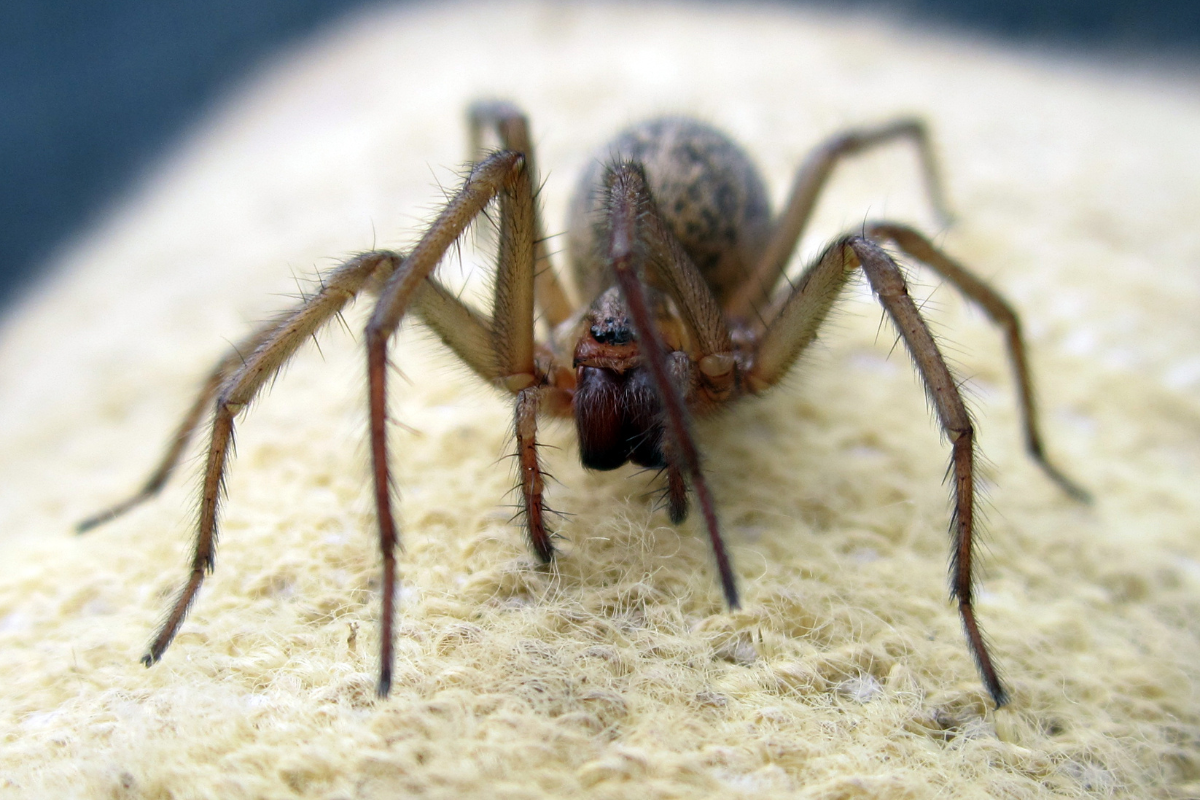
Such a high degree of parental care is relatively unusual among spiders. When the spiderlings hatch, they are carried around on the female's back until they are ready to disperse by ballooning or on the ground. The female constructs an egg sac of white papery silk, shaped like a ball with an obvious circular seam, which she then carries around attached with strong silk to her spinnerets. The shape and materials used to form burrows and trapdoors may help to distinguish similar-looking species. Burrows of the Grey Wolf Spider ( Dingosa simsoni) have a circular trap door that is often left open when the spider is out hunting.

In woodlands, twigs may be used to form a palisade around the top of the burrow. Arid zone species build turrets to deflect floodwaters during rainy periods, while others use pebbles to plug their burrows. of a wolf spider is likely to be felt but is not considered dangerous. Most Wolf Spiders are wanderers but some build burrows, either open or with a trapdoor, while others may make temporary retreats in vegetation. And spiders are rarely aggressive toward humans they bite only in self defense. Venatrix lapidosa will take small toads and frogs while Allocosa obscuroides has been noted biting and killing a large toad within one hour. Additionally, it is possible for humans to be allergic to wolf spider venom. If you have small pets in your home, the wolf spider venom is likely to prove fatal. While their venom isn’t poisonous to humans, it can cause harm to pets and livestock.

According to the Queensland Museum, two Wolf spider species are known to be predators of cane toads. Wolf spiders will bite if they are provoked or feel threatened in some way. Wolf Spiders mostly feed on small ground dwelling invertebrates, predominately insects, but will attack small vertebrates if given the opportunity.


 0 kommentar(er)
0 kommentar(er)
